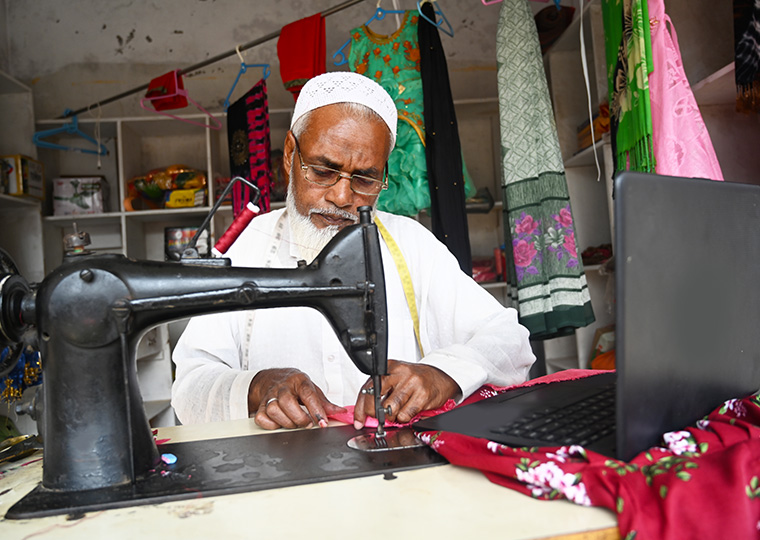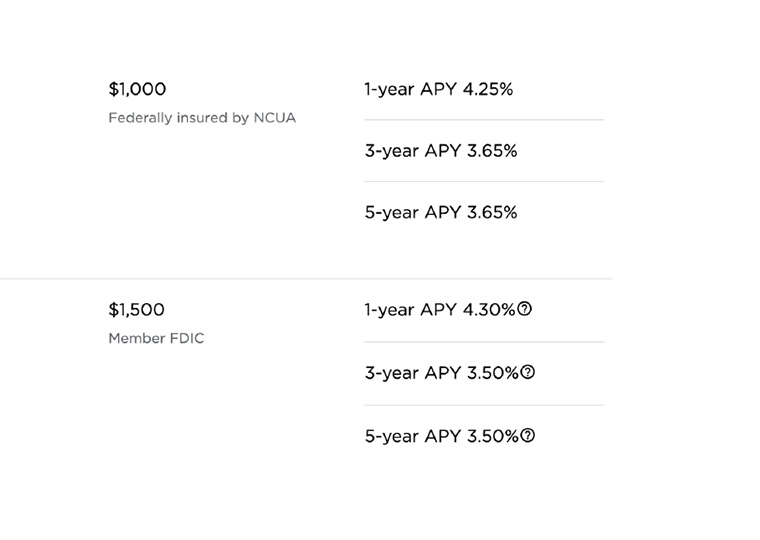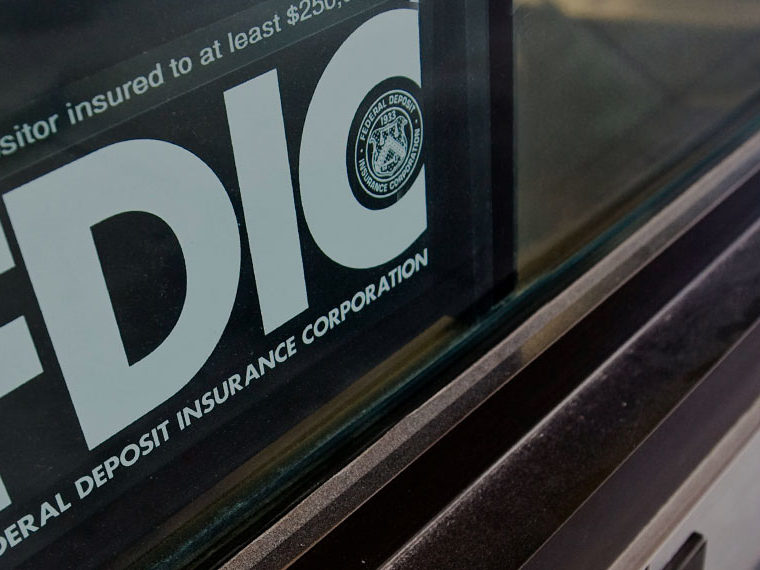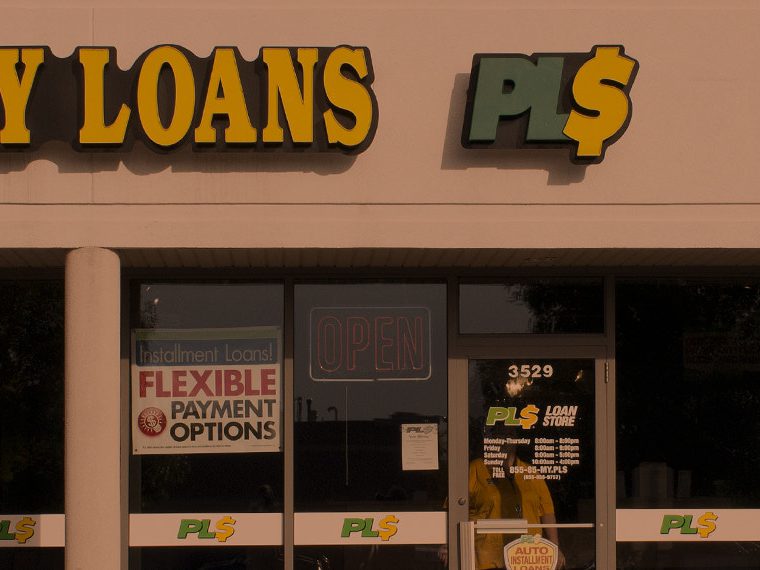An unusual data trove from Greece’s economic collapse reveals the practice
Ever dine out with a couple who order the left side of the menu, guzzle the pricey wine they selected and then say, hey, let’s split the check 50-50? You were subsidizing them.
In the financial industry — lending, insurance and the like — a type of subsidization, aka cross subsidization, is widespread, often because it’s impossible to accurately price the risk in a loan or an insurance policy for individuals. Some people don’t repay, or they wreck their car, but the financial institution can’t possibly know ahead of time which clients those will be. So, banks and insurers charge everyone more, and the people who repay their loans and don’t wreck their cars subsidize the others.
Opt In to the Review Monthly Email Update.
But what if a bank already knows which customers are risky and employs cross subsidization in pricing? Economists have long suspected that, during a financial crisis, banks purposely charge more solvent corporate borrowers higher loan rates than they might during noncrisis times to make up for the practice of charging less solvent borrowers a relatively low rate to help keep them in business.
The Living Dead
Banks, of course, hesitate to terminate loans of poor-performing firms during a crisis because the collateral values of those firms are often depressed. The theory is that lenders charge these weaker firms an interest rate at cost, or even below cost, to help keep them in business so that their collateral values have a chance to rebound in a practice known as zombie lending. Meanwhile, the lenders make up some of those losses on loans by charging more solvent borrowers more on their loan rates.
Proving all this is difficult because it requires hard-to-come-by data — a lender’s break-even rate. This is the interest rate on a loan that would make the lender break even after its costs and considering the borrower’s probability of default. The information is protected by lenders and not usually disclosed.
Tulane’s Nikolaos Artavanis, Columbia’s Brian Jonghwan Lee, UCLA Anderson’s Stavros Panageas and Cornell’s Margarita Tsoutsoura collected and combined data sets that enabled them to study the corporate loan pricing patterns by a major Greek bank during the financial crisis. In a working paper published by the National Bureau of Economic Research, the researchers used their data set to show that zombie lending is enabled by cross subsidization during a financial crisis.
Nonperforming Loans Excluded
The data set obtained by Artavanis, Lee, Panageas and Tsoutsoura contains the break-even rate computed by the bank’s loan-pricing team for each loan the bank made during the crisis. This proprietary information was available because the institutions monitoring Greece’s bank bailout program required the banks to provide the calculated costs of loans (the break-even rate) based on certain factors. The data set also contains the actual rate charged for the loans and the markup, which is calculated by taking the difference between actual and break-even rates.
The researchers limited their data set to loans made to the largest Greek corporations. They focused on short-term loans and excluded loans on which the borrower defaulted. Excluding defaulted loans meant that any patterns they found occur even within performing loans — thus, it would not just be some phenomenon seen when comparing performing and nonperforming (seriously delinquent) loans.
Keeping Weak Clients in Business
The researchers identified a distinct change in loan rates as soon as the bank was required to follow new loan pricing guidelines in 2015 (years into the crisis). While the bank clearly adhered to the new pricing guidelines, Artavanis, Lee, Panageas and Tsoutsoura found asymmetric markup patterns on the loans.
Corporate borrowers in stronger financial condition were charged positive markups on their loan rates, with some of these markups surprisingly high. At the same time, corporate borrowers in weaker financial condition were charged much smaller markups — or even negative markups.
Controlling for various factors, the researchers interpreted that the weaker firms’ ability to pay had much more to do with the determination of their borrowing rate than their actual credit status. The bank was willing to charge negative markups rather than terminate the loans and book losses. Instead, the bank supported weaker borrowers in the hope that their financial prospects would improve after the end of the financial crisis. The stronger firms paying higher markups appeared to be subsidizing the weaker firms paying the low, or negative, markups.
Zombie lending makes sense if either the financial condition of borrower or the value of its collateral rebounds enough to improve the lender’s long-term return on the relationship. In many instances, however, lenders end up throwing good money after bad in extending loans through a crisis.
Why wouldn’t stronger firms paying higher markup rates go to another bank and avoid subsidizing weaker companies? The researchers’ model suggests that the bank’s competitors had their capital similarly tied up with their own zombie lending and had limited borrowing capacity, so they were unable to lure the bank’s higher quality borrowers away.
Featured Faculty
-
Stavros Panageas
Professor of Finance
About the Research
Artavanis, N., Lee, B. J., Panageas, S., & Tsoutsoura, M. (2022). Cross-subsidization of Bad Credit in a Lending Crisis. National Bureau of Economic Research. doi: 10.3386/w29850






